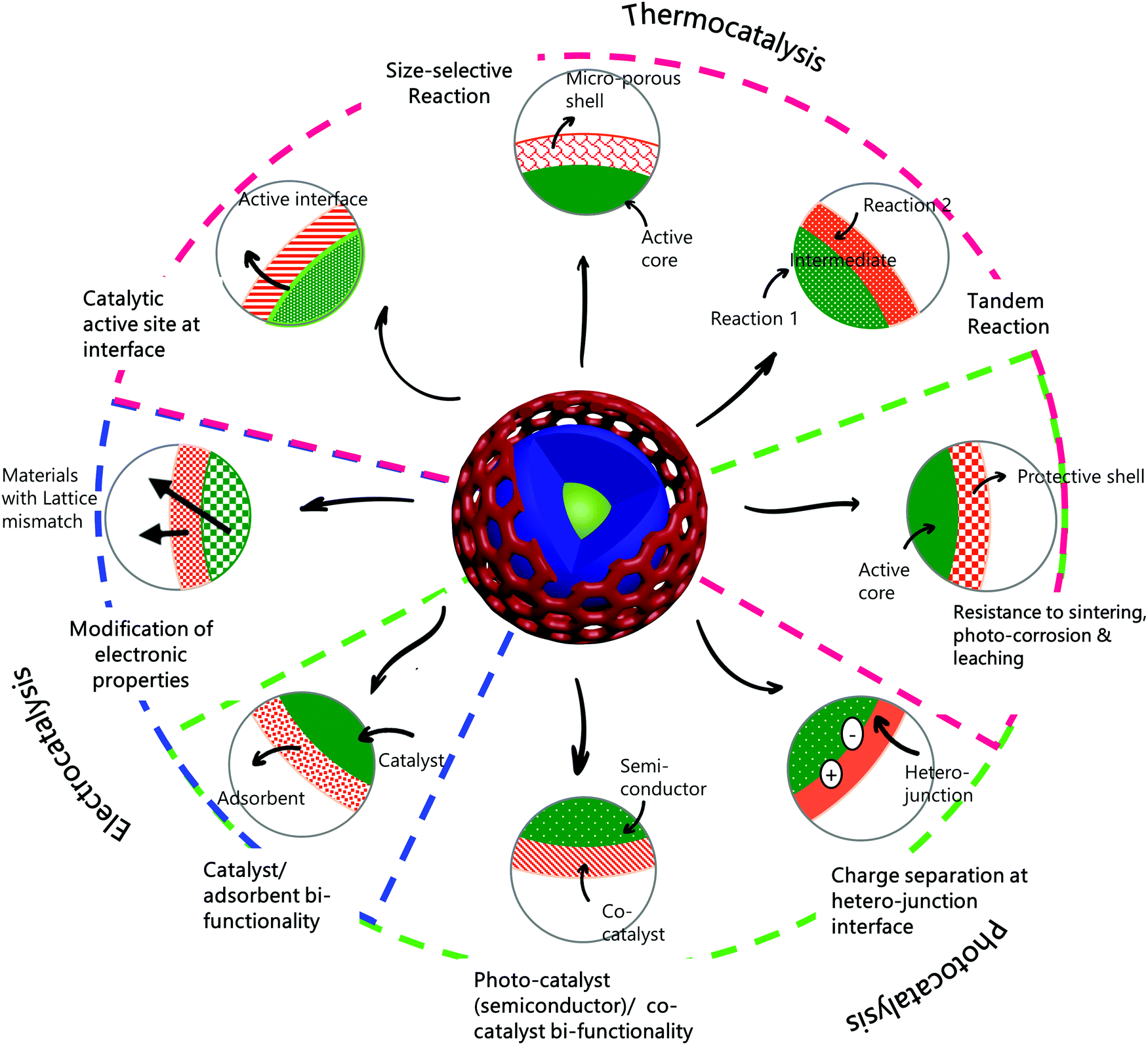

Resulting particles show quantum yields of ∼0.8, i.e., starting to approach the theoretical brightness limit. Encapsulation efficiency and brightness of highly negatively charged NIR fluorophores is enhanced, relative to the corresponding SNPs without aluminum. In particular, the addition of an aluminum sol gel precursor leads to fluorescent aluminosilicate nanoparticles (ASNPs) and core–shell ASNPs. This methodology further enables synthesis of <10 nm sized fluorescent core and core–shell SNPs with previously unknown compositions. Brightness can be enhanced via addition of extra silica shells. Different types of fluorophores, including near-infrared (NIR) emitters, can be covalently encapsulated. Here, we present an aqueous synthesis methodology for the preparation of narrowly size-dispersed SNPs and core–shell SNPs with size control below 1 nm, i.e., at the level of a single atomic layer. Ultrasmall fluorescent silica nanoparticles (SNPs) and core–shell SNPs surface functionalized with polyethylene glycol (PEG), specific surface ligands, and overall SNP size in the regime below 10 nm are of rapidly increasing interest for clinical applications, because of their favorable biodistribution and safety profiles.


 0 kommentar(er)
0 kommentar(er)
